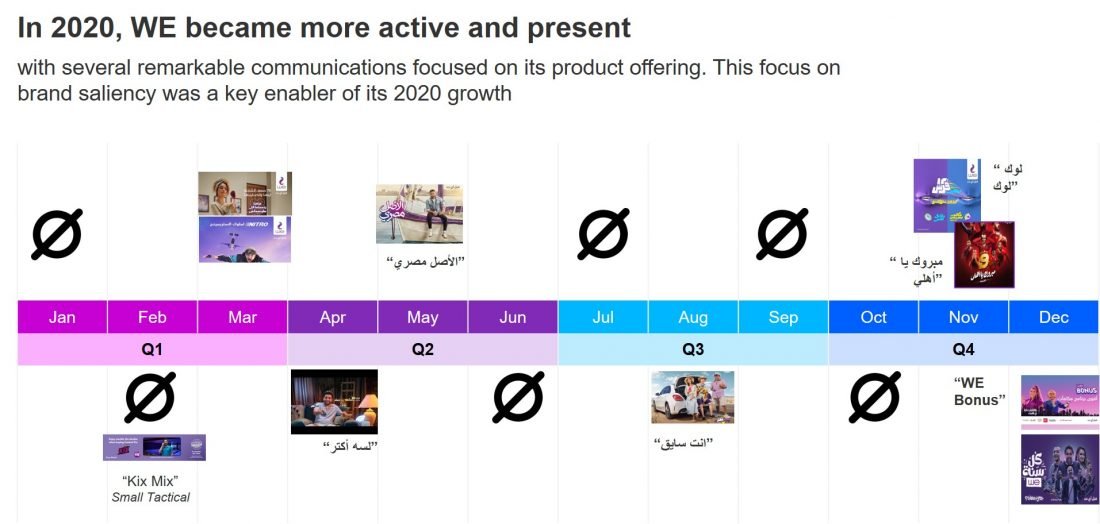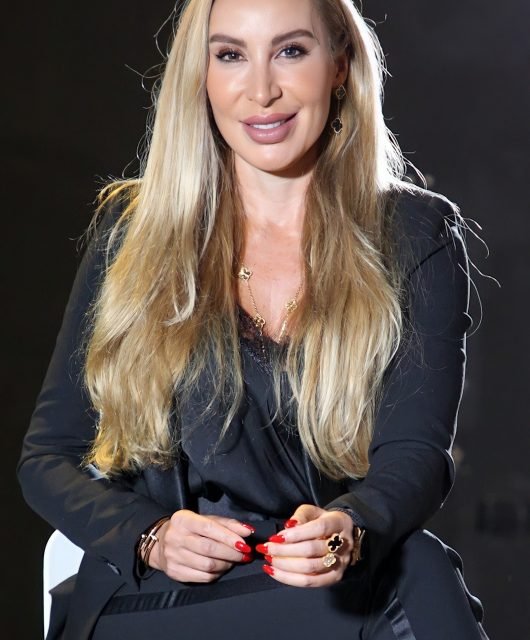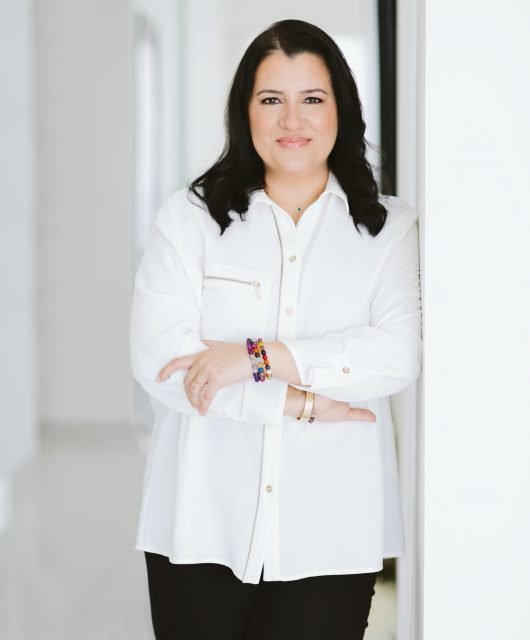By Nermeen Bedeir, Chief Growth Officer for Kantar’s Insights Division in Egypt
COVID-19 has certainly disrupted your brand and your bottom line, but in these times of change we cannot afford to fly blind and make assumptions about what will happen next. Here’s how to chart a new course as your brand uncovers opportunities to reframe your categories and communications to resonate with the new consumer; reskill your teams by adopting ways of working in the new normal; and hit reset with omnichannel opportunities, as your business looks towards the future…

The COVID-19 crisis has created opportunities for those businesses smart enough to see them, because any form of disruption creates new needs and tensions that brands can address, provided they are aligned with people’s feelings, thoughts, and actions at the time.
That’s where Kantar’s COVID-19 Barometer study comes in. Conducted across 150,000 people in more than 60 markets, it explores how people have been feeling and acting since the start of the pandemic, helping marketers understand the short- and long-term implications for their brand, as well as the marketing levers, consumer experiences, and innovation plans they need to influence to drive recovery.
Physical and financial health in the spotlight for Ramadan 2021 and beyond
With Egypt expected to enter its third wave of infections in just two weeks’ time, Ramadan 2021 will likely again mean a case of cautious observation rather than carefree celebration. Because despite continued concern over falling ill, people remain most worried about the economic future.
That’s why 70% of people are now paying more attention to prices and trying new brands. But behavioural science shows that these changes are most likely to last if they offer better outcomes than the old ones in terms of leaving people feeling safer, or being more convenient, satisfying or more behaviours that are easy to maintain and fit the current cultural context. It’s not just enough to simply re-open your store and follow the new hygiene precautions though, brands also need to walk the talk and reassure anxious customers.
For the most part, people’s circumstances and behaviours have changed, but people themselves haven’t. Brands therefore need to identify the immediate growth opportunities and mitigate potential threats by keeping track of the changing context for their brand, category, and consumers.

For example, a trend that’s unlikely to reverse is the shift to digital commerce. People new to doing things digitally enjoy the convenience of shopping and conducting financial transactions online, with brands like Souq, Jumia, Talabat and Noon making the most of these new opportunities.
Whatever your category, there is always the potential for growth if you know where to look and how your brand can benefit. After all, your existing brand is your biggest asset, as a familiar brand serves as a point of reference in uncertain times, offering a promise of effectiveness and value.
Add the following seven questions to your brand strategy to-do list, to nurture your customers and build demand for your brand now and for the future…
- Are your current customers enthused enough to buy?
You need to know how your current consumers are feeling, as they’re the foundation on which your brand growth is built. Not only does every retained customer mean one less acquisition needed for growth, but customers who are inspired by their brand experience are also more likely to purchase a premium product. Existing customers who feel delighted over their experience are also more likely to recommend your brand.
This brand affinity is crucial for repeat purchases, as people are twice as likely to buy a packaged goods brand again if they like it to start with, while delivering a customer experience that leaves customers enthused reduces churn for service brands.
Local examples of brands that performed well in 2020 by delivering on the same positive experience customers have come to expect include the Domty Sandwich snack, which continues to delight consumers with large portions, generous fillings, and consistent quality. Kit Kat drove winning flavour innovations and diverse price points, while JW Mariott’s Spa offered ‘loyalty discount vouchers’ to ensure future bookings.
- Has the pandemic highlighted advantages you can better leverage?
What does the changed context mean for your category needs and drivers? Given more time to reflect, are people revising their individual priorities and values?
These new needs may well offer new growth opportunities for existing brands to find new demand if they adapt appropriately, while those that fail to keep up with changes in consumer needs, or become commoditised because consumer expectations have changed, are most likely to fail. A deeper understanding of these key motivators offers insights and reassurance to stimulate demand for your brand and category.
Local examples of brands that have done a great job at deciphering key motivators then quickly adapted their offering to meet changing values, usage, attitudes and in turn renewed demand for their offering include specialised bakery shop TBS launching a loyalty programme to attract daily coffee drinkers – a smart expansion into an adjacent category to fuel a new demand stream. Luxury eyewear provider Posh Shades went a step further, changing its operations model to offer a home delivery service to customers’ doorsteps for trial and purchase.

With much of our time now spent in the places we live, apparel brands like Zara and H&M have launched loungewear lines to cater to this more relaxed lifestyle, while Abu Auf launched a caramel popcorn product positioned as the ultimate companion to home movie nights. This rise in snacking consumption offers food for thought for snacking manufacturers: consider the implication for your current portfolio and whether this can open different possibilities to renew demand.
- Do people still see your brand as good value?
Evidence from past recessions finds that while many people might be forced to choose the lowest-priced option in a category, most are still willing to pay a premium for a brand provided they believe it is money well spent. So, can your brand easily justify its price? Is it seen to offer good value?
No matter whether your brand is trying to rekindle demand among existing customers or reach new ones, making the sale is easier if people can quickly rationalise why your brand is worth the price asked. But price is a dangerous sales lever as people easily become addicted to discounts and subconsciously associate low prices with poor quality, so beware of offering discounts too often.
Beyond price, value is motivated by time saved, connection with others, personal vitality and safety. Smart brands like Indomie continue to meet value-for-money expectations through time saved. With more of us cooking at home more than ever, Gourmet’s ready-to-eat offering solves the tension of making mealtimes satisfying by speaking to speed and a sense of family connection to reframe perceptions of its value.
- Are you thinking outside your category, within the larger ecosystem?
Think about what the consumer is trying to achieve in the moment. What’s the job to be done? Rather than having food delivered or being entertained, it’s about creating moments of pleasure or connection while cooped up at home.
This refocus on the job to be done has already opened new opportunities for strategic alliances between media like Netflix, beverage companies like Pepsi, snacks such as Cheetos, and food delivery services like Talabat.com.
Explore whether your portfolio has the right offerings to leverage this moment of consumption, or to work with a strategic alliance. Think about new go-to-market capabilities to make your offering more accessible and think about the ecosystem rather than just the product when it comes to your brand’s communications and promotions.
- Can you make your brand more salient?
Brand salience is most likely to change in the short-term, but it’s important to new and existing customers alike because memories are short, even when the brand is easily available. That’s why salience falls fast when above-the-line advertising support is withdrawn, particularly in impulse purchase categories. When physical availability is also limited, we would expect brands to suffer a greater likelihood of decline.
The shift to digital commerce renews the importance of brand salience, with many companies buying specific search terms related to their brand and category, but the biggest opportunity is to make your brand the one people search for online by name.
The brand, WE, took this to heart and became more active and present with a variety of communications focused on its product offering. This focus on brand saliency was a key enabler of its 2020 growth.

- Can you improve conversion to sales?
If ever brands needed to be available everywhere and easy to buy, it’s now, because the pandemic has supercharged what may have taken a decade of tech advances and compressed it into this very short period.
COVID-19 has clearly forced many decisions that might normally be made ‘in the moment’ to become more considered. As over two-thirds of growth comes from predisposed buyers, this shortens the path to purchase and reduces the risk of losing share to other brands.
In response to this, companies like Souq, Jumia and Breadfast have jumped at the opportunity to enter the digital grocery shopping space for the first time.
- Is there an opportunity to build for the future?
Every business is fighting to drive immediate short-term sales right now. But if your company can afford to invest more in long-term brand-building than the competition, this move will likely pay off with faster growth in future, provided you seed the right associations to drive future demand.
By fully understanding your brand and category you can identify and anticipate trends, as well as current strengths and weaknesses or gaps to fill.
Chat to me about guiding your brand successfully through the opportunities and challenges of the pandemic with Kantar’s brand guidance systems. Based on decades of experience of exploring how brands grow around the world, we can help you identify the relationships that matter, allowing you to act with confidence based on the findings for your brand.





